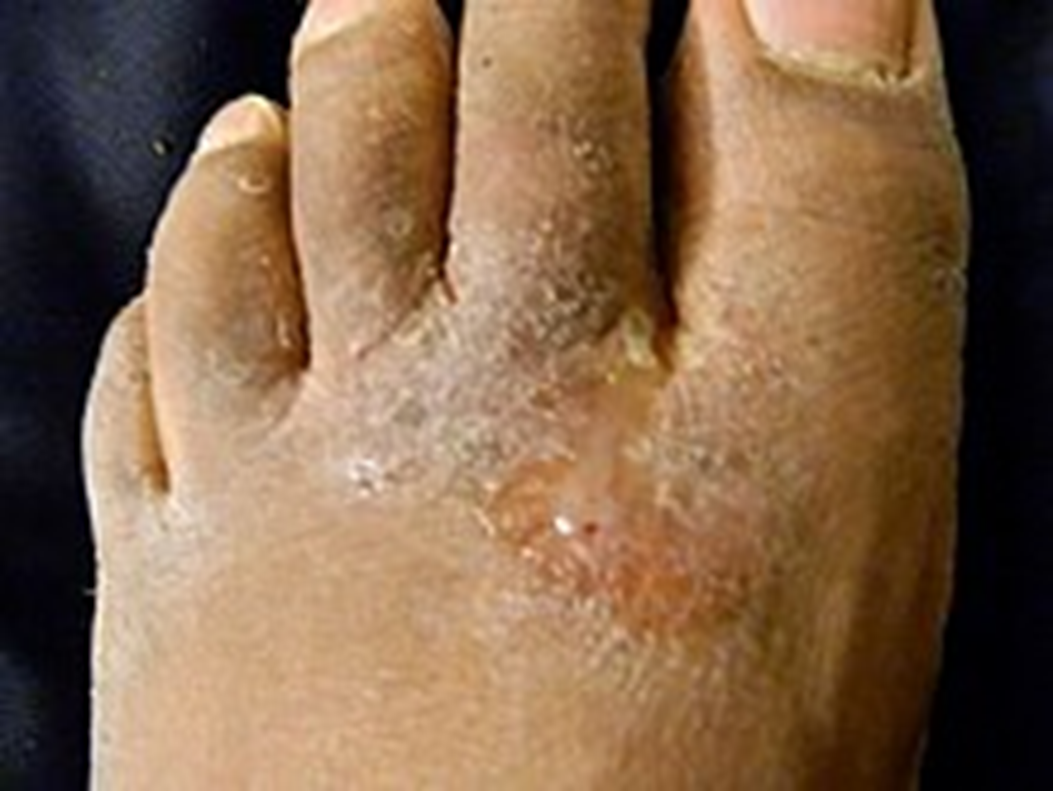A nurse is contributing to the plan of care for a 5-week-old infant in the pediatric unit.
The infant has been vomiting since week 2 of life and it has been progressively worse over the past 2 weeks.
Parents report the vomiting is now forceful and projectile (“like a volcano erupting”) immediately after every feeding, but the infant is eager to eat and seems to be constantly hungry.
The infant has been receiving a cow’s milk-based, iron-fortified formula since birth. The pediatrician reports the infant has not gained weight in the past 2 weeks.
The last weight in the pediatrician’s office is 3.54kg (8 lb). No other significant medical or surgical history.
What condition is the client most likely experiencing and what actions should the nurse take to address that condition? What parameters should the nurse monitor to assess the client’s progress?
Gastroesophageal Reflux Disease (GERD), change the formula, monitor weight and feeding habits
Pyloric Stenosis, refer for surgical consultation, monitor weight and vomiting frequency
Lactose Intolerance, switch to lactose-free formula, monitor weight and stool consistency
Milk Protein Allergy, switch to hypoallergenic formula, monitor weight and skin reactions
The Correct Answer is B
Choice A rationale
Gastroesophageal Reflux Disease (GERD) in infants is a condition where the stomach contents flow back into the esophagus causing discomfort. However, the symptoms described, such as projectile vomiting and constant hunger, are more consistent with Pyloric Stenosis.
Choice B rationale
Pyloric Stenosis is a condition in infants where the opening from the stomach to the small intestine narrows, preventing food from entering the small intestine. The symptoms described by the parents, such as projectile vomiting after every feeding and constant hunger, align with this condition. The infant’s lack of weight gain could be due to the fact that food is not being properly digested and absorbed. The nurse should refer the infant for a surgical consultation as the treatment for Pyloric Stenosis is usually surgical. The nurse should monitor the infant’s weight and frequency of vomiting to assess the infant’s progress.
Choice C rationale
Lactose Intolerance in infants is a condition where the infant has difficulty digesting lactose, a sugar found in milk and dairy products. Symptoms can include gas, bloating, and diarrhea.
However, the symptoms described by the parents do not align with this condition.
Choice D rationale
Milk Protein Allergy in infants is a condition where the infant’s immune system reacts negatively to the proteins in cow’s milk. Symptoms can include hives, itching, wheezing, difficulty breathing, constipation, and bloody diarrhea. However, the symptoms described by the parents do not align with this condition.
Nursing Test Bank
Naxlex Comprehensive Predictor Exams
Related Questions
Correct Answer is A
Explanation
Step 1 is to convert the child’s weight from pounds to kilograms.
This is done by dividing the weight in pounds by 2.2, so 34 lbs ÷ 2.2 = 15.45 kg. Step 2 is to calculate the dose in mg. This is done by multiplying the weight in kg by the dosage per kg, so 15.45 kg × 35 mg/kg = 540.75 mg. Step 3 is to convert the dose in mg to ml. This is done by dividing the dose in mg by the concentration of the medication in mg/ml, so 540.75 mg ÷ 50 mg/ml = 10.815 ml. So, the total daily dosage in ml for this child is approximately 10.82 ml, rounded to the nearest hundredth as required.
Correct Answer is B
Explanation
Choice A rationale
Shingles, also known as herpes zoster, is a viral infection that causes a painful rash and is caused by the varicella-zoster virus, the same virus that causes chickenpox.
Choice B rationale
Tinea pedis is a foot infection due to a dermatophyte fungus. It is the most common dermatophyte infection and is particularly prevalent in hot, tropical, urban environments. Interdigital involvement is most commonly seen (this presentation is also known as athlete’s foot, although some people use the term for any kind of tinea pedis).
Choice C rationale
Fever blister, also known as cold sores, are caused by the herpes simplex virus. They are small, fluid-filled blisters that develop on the lips or around the mouth.
Choice D rationale
Pinworms are a type of parasite that lives in the lower intestine of humans. They are tiny, narrow worms. They are white and less than a half-inch long.

Whether you are a student looking to ace your exams or a practicing nurse seeking to enhance your expertise , our nursing education contents will empower you with the confidence and competence to make a difference in the lives of patients and become a respected leader in the healthcare field.
Visit Naxlex, invest in your future and unlock endless possibilities with our unparalleled nursing education contents today
Report Wrong Answer on the Current Question
Do you disagree with the answer? If yes, what is your expected answer? Explain.
Kindly be descriptive with the issue you are facing.
